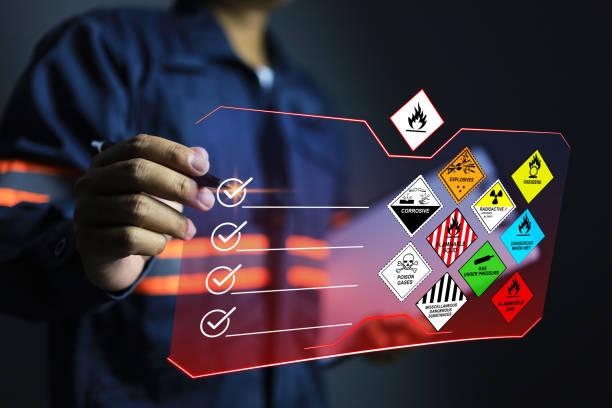
9 Apr 2025
The modern workplace relies heavily on chemicals—from manufacturing to maintenance, research labs to oil fields. Ensuring the safe use of these substances isn’t just smart—it’s the law. That’s where GHS and Safety Data Sheets (SDSs) come into play. While SDSs are a long-standing tool for chemical safety, the Globally Harmonized System of Classification and Labelling of Chemicals (GHS) has brought much-needed standardization to how this critical information is communicated.
This piece explains the Globally Harmonized System (GHS), its significance, and provides guidance for organizations on how to effectively manage Safety Data Sheets (SDS) in accordance with OSHA's Hazard Communication Standard, which is aligned with GHS.
What is GHS?
The Globally Harmonized System (GHS) is an international framework developed by the United Nations to standardize the classification and labeling of chemicals worldwide. Prior to GHS, countries had different systems, causing confusion and inconsistency in chemical safety communication. This global system solves that problem.
Core Goals of GHS
- Harmonization: Create consistent rules across nations and industries for hazard classification.
- Clarity: Improve communication of chemical hazards through standardized labels and SDS formats.
- Protection: Enhance worker safety and health by ensuring accurate and accessible chemical information.
Key Elements of GHS
1. Hazard Classification
Chemicals are categorized based on health, physical, and environmental hazards using specific criteria.
2. Labeling Requirements
Labels must include:
- Product identifier
- Signal word (e.g., Danger, Warning)
- Hazard statements (e.g., “Causes skin irritation”)
- Pictograms (e.g., skull and crossbones, flame)
- Precautionary statements
- Supplier information
3. Standardized SDS Format
The SDS must follow a 16-section format mandated in Appendix D to 29 CFR §1910.1200. This includes identification, hazards, composition, first-aid, fire-fighting measures, handling, storage, and more.
4. Training
Employers must train workers on GHS labels and SDSs to ensure they understand chemical hazards and safe practices.
The United States adopted GHS into OSHA’s Hazard Communication Standard (HCS) in 2012, now codified under 29 CFR §1910.1200. While the GHS itself is not a regulation, it provides the model that OSHA uses to enforce chemical safety.
Best SDS Management Practices Under GHS
While understanding GHS is important, managing SDSs effectively is what ensures real-world compliance and safety. Here are the best practices organizations should follow to stay compliant and build a culture of chemical safety:
1. Maintain a Complete SDS Inventory
You must have an SDS for every hazardous chemical used, stored, or produced in the workplace. This includes janitorial products, lab reagents, production chemicals, and even compressed gases.
- Action: Conduct regular chemical audits and cross-check them against your SDS database.
- CFR Reference: 29 CFR §1910.1200(g)(8) requires that SDSs be maintained and readily accessible.
2. Ensure SDS Accessibility
Employees must be able to access SDSs without delay and without needing special permission—even during emergencies or power outages.
- Best Practices:
- Store SDSs digitally and physically in key work areas.
Use QR codes, safety kiosks, or cloud-based systems for instant access. - Train workers on how to locate SDSs during drills and onboarding.
- Store SDSs digitally and physically in key work areas.
3. Use Only the GHS-Compliant 16-Section Format
OSHA requires that SDSs follow the format described in Appendix D of 29 CFR §1910.1200. This uniformity allows workers to quickly locate critical information.
- Tip: Avoid using outdated MSDS formats (Material Safety Data Sheets). If you find one, contact the supplier for an updated version.
4. Train Employees on SDS Content and Use
Reading an SDS is not intuitive without training. Workers should know how to interpret the 16 sections, especially those related to:
- Exposure controls
- PPE recommendations
- First-aid procedures
- Fire and spill response
- CFR Reference: Training is required under 29 CFR §1910.1200(h). It must occur at initial assignment and whenever a new chemical hazard is introduced.
5. Implement a Review and Update Process
Chemical formulations and safety data can change. You are responsible for ensuring your SDSs are up to date.
- Routine Checks:
- Review SDSs annually.
- Monitor for supplier updates or regulatory changes.
- Retain older versions for at least 30 years as per 29 CFR §1910.1020(d)(1)(ii)(B) when SDSs are used as part of exposure records.
6. Ensure Contractor and Multi-Employer Communication
If multiple employers operate in the same facility, you must share SDSs and chemical hazard information.
- CFR Reference: This requirement is outlined in 29 CFR §1910.1200(e)(2).
- Practical Step: Maintain a shared SDS binder or digital hub accessible to all site personnel and contractors.
7. Audit and Improve SDS Systems Regularly
SDS management isn’t “set it and forget it.” Use internal audits to:
- Identify missing or outdated sheets
- Test worker knowledge of SDS access
- Evaluate electronic systems for downtime or user issues
Use these audits to guide safety improvements and training refreshers.
8. How OSHEPRO’s ChERS App Can Help
Managing SDSs and chemical safety data can be a challenge without the right tools. That’s where the OSHEPRO’s asset Chemical & Environmental Reporting System (ChERS) becomes a powerful tool. ChERS streamlines SDS management by:
- Allowing users to add chemicals to specific sites and maintain location-based inventories.
- Providing input fields for Physical and Health Hazard Statements, Hazard Pictograms, NFPA and HMIS information.
- Enabling users to generate and download GHS-compliant placards.
- Tracking SDSs linked to each chemical, so you always know what’s available.
With ChERS, all your chemical data, hazard communication elements, and SDS records are available in one centralized, user-friendly platform. This drastically improves your ability to stay compliant with OSHA regulations, run internal audits, and quickly respond during emergencies or inspections.
Closing the Loop: Putting SDS Best Practices into Action
The GHS brought much-needed standardization and clarity to chemical hazard communication. However, having an SDS is not enough—you must manage it well. Organizations that adopt strong SDS management practices not only comply with OSHA’s Hazard Communication Standard but also reduce workplace incidents, protect workers, and build a culture of safety.
Whether you're a safety manager, lab supervisor, or employer, SDSs are your front-line defense in chemical safety—and GHS provides the roadmap for getting it right. Tools like OSHEPRO’s ChERS app make this process smarter, faster, and more reliable.







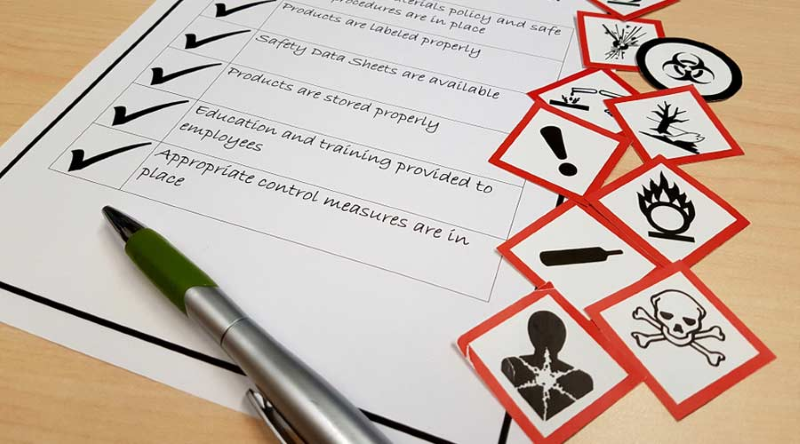

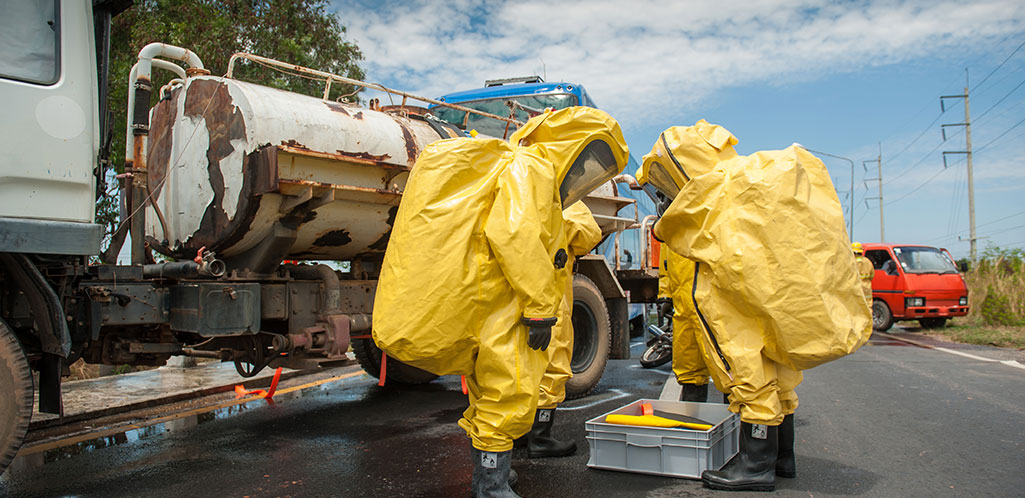

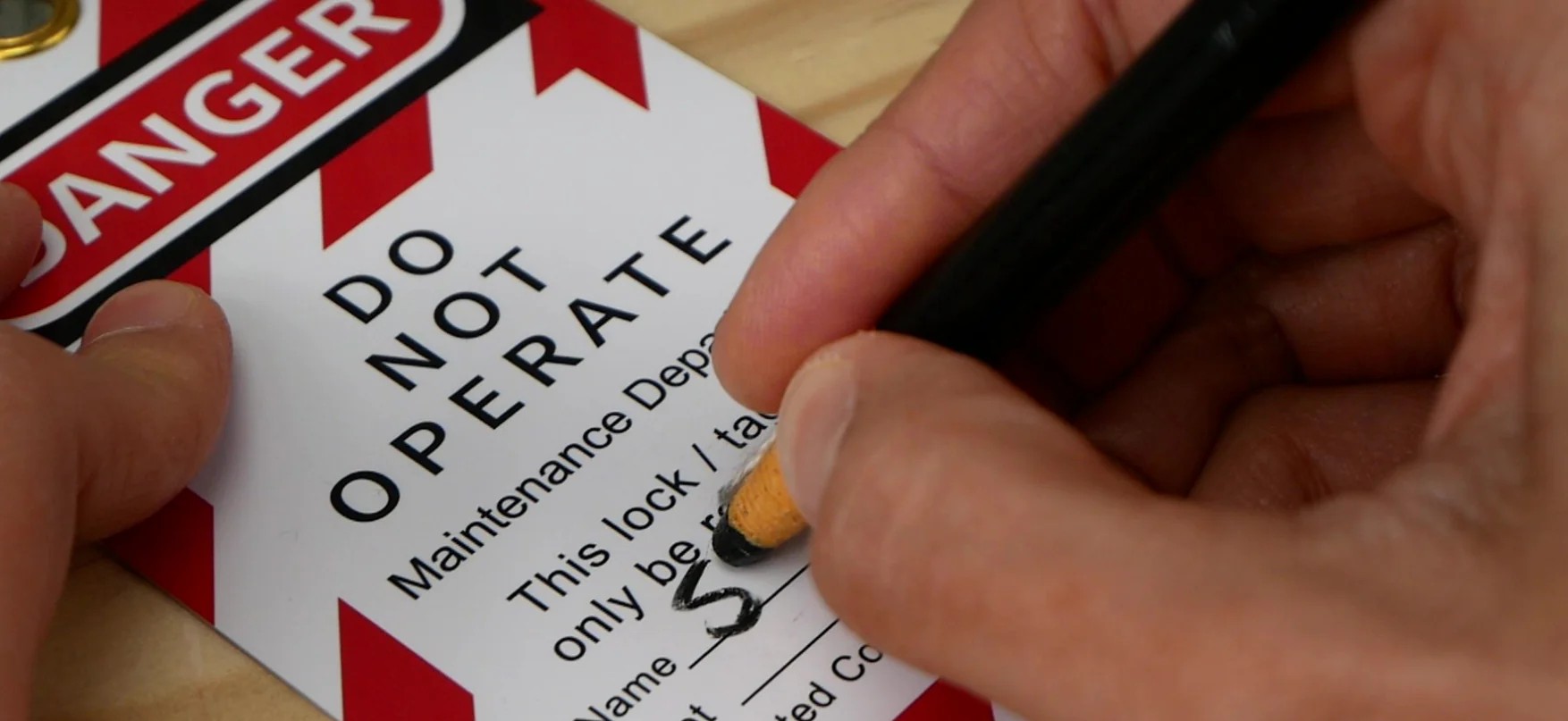
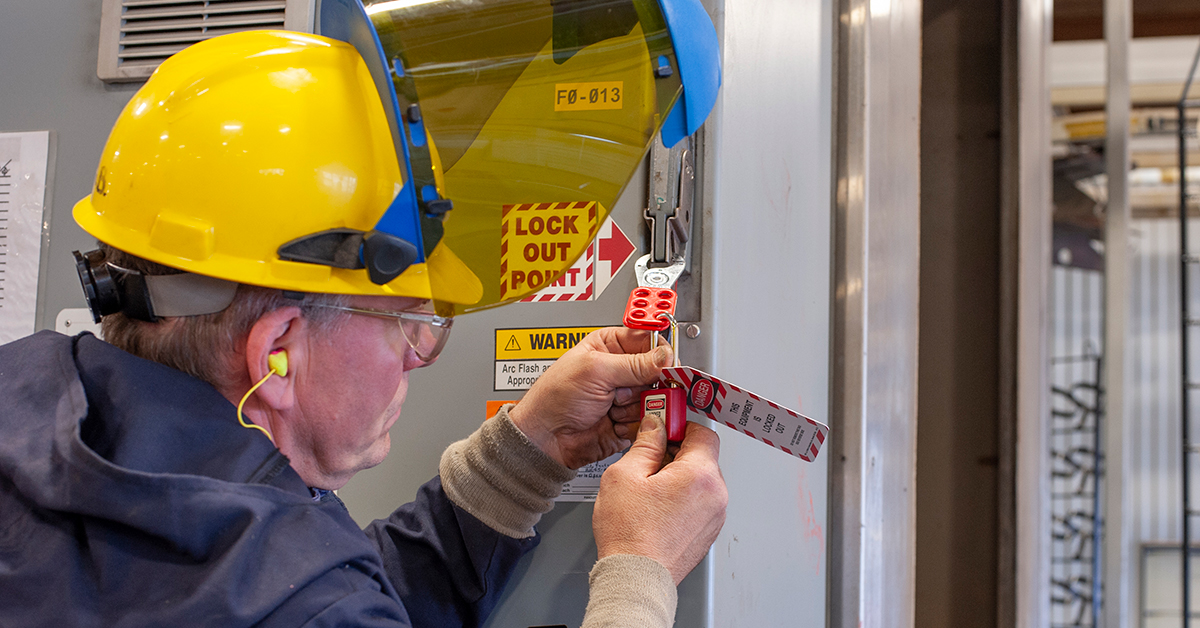



.png)



.png)


.png)


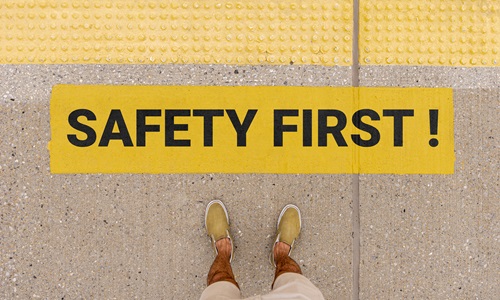

.jpg)









